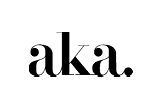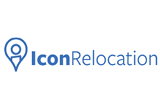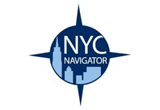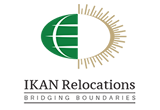Numbers of international schools continue to rise
Marianne Curphey talks to Jitin Sethi, partner at L.E.K. Consulting’s Global Education Practice, about how changes in the education sector in developing countries are affecting relocating families
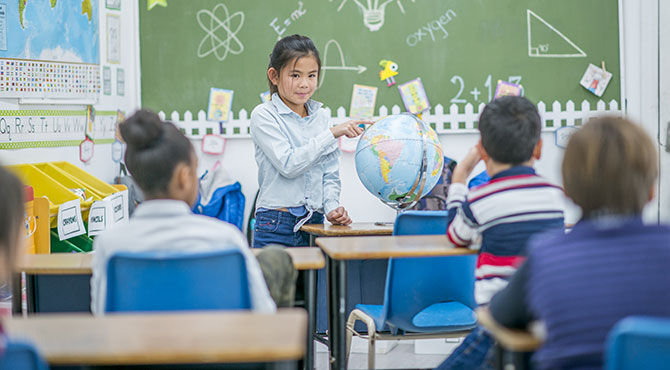
 Watch highlights from the 2019 Festival:
Watch highlights from the 2019 Festival:The growth in the number and variety of schools makes it all the more important for families to think carefully about which schools fulfil their own particular needs, says Jitin Sethi, partner at L.E.K. Consulting’s Global Education Practice.As one of our key speakers for Day 1 of our Festival of Global People, Jitin will be talking about the changes and growth in the school systems in developing countries, and how companies, HR departments and global mobility teams can help staff to choose the right education package for their families.Jitin is based in Singapore and has delivered education cases across the globe and has extensive experience across all education segments, including K-12, Higher Education, Transnational Education, English Language Training, Education Technology and Corporate Training. L.E.K. Consulting is a global management consultancy firm and serves public, private, non-profit and private for-profit educational institutions and also works with investors and foundations that are involved with the education industry.“Ten years ago there was very little choice for parents when they were looking at international schools,” he says. “Now the market is very different. Provision in countries like Singapore, Kuala Lumpur and Dubai has improved tremendously and the market is still evolving.”While traditionally it had been the preserve of large international school brands, he says that now local operators are moving into the sector in response to demand from a growing middle class in many developing countries.With such diversity in the market, it can be difficult for parents who want to choose the right school for their children. Many use peer review sites and blogs, and make personal visits when they are on location.“The key criteria for parents when they are looking for the right school is for it to have a high proportion of ex-pat teachers, a good diverse mix of students, and quality infrastructure,” he says. (See graph below)
The distribution of international schools
ISC defines the segment as follows, “These schools, for children aged between three and 18, offer an international curriculum or a curriculum other than the country’s national curriculum (often the National Curriculum of England or an American style of curriculum). Most are entirely English-speaking, others are bilingual with English as one of the main languages of learning.”Dubai has the greatest number of international schools (with 306), followed by Shanghai, Abu Dhabi, and Beijing – each with between 140 and 170 schools. The market is worth almost $50 billion in direct tuition revenues and supports a global workforce of 467,000 teaching staff.The ISC says the trend is driven by increased wealth and parents’ aspirations to prepare their children in the best possible way to study at universities overseas, and for careers that can take them around the world.Many countries are putting high levels of investment into international education and the trend is particularly pronounced in developing countries. The ISC forecasts the total number of schools worldwide will exceed 16,000, global enrolment will approach ten million students, and combined sector revenues will reach US$95 billion.A shift in expectations
Rather than the increasing number of international schools being a threat to UK and US secondary and tertiary education establishments, it actually provides them with a new and large pool of students who are well qualified and better prepared, says Jitin Sethi. This is an opportunity which UK, European and US schools can capitalise on.Growth around the world
According to L.E.K. Consulting’s analysis, the international K-12 sector is worth around $14 billion plus in revenue terms and is growing at a 10 per cent compound annual growth rate. This is strongly driven by growing expat populations, increasing affluence and growth of transnational education – students choosing to study somewhere other than their home country. There is likely to be further flows of students from Asia to the UK and US schools in the future, Mr Sethi says.Growing global demand has led to strong growth amongst established brands and companies which provide international schools services. They have leveraged the emerging demand and created multimillion-dollar businesses across diverse price segments – catering to different markets and different expectations. There is now a greater demand for private schools from the local population, with more local children attending thanks to increasing family wealth.Private school enrolment is growing faster than public schools in key markets such as Singapore, UAE, and Vietnam. The other consideration for HR teams, global mobility staff and relocating parents is that international K-12 School fees typically increase faster than inflation.How do the international schools markets differ?
It is not one single picture across all the geographies. Growth in international schools differs by country and by continent.Middle East:
Dubai and Abu Dhabi are among the largest and fastest-growing private K-12 education markets in terms of tuition revenue globally. The private international K-12 market in the Middle East has a revenue scale of $6.8 billion, of which Dubai accounts for $2.3 billion.According to L.E.K. Consulting’s recent report - ‘The Private K-12 Opportunity in The Middle East’, growth has been driven by a favourable regulatory environment, a larger pool of parents who are able and willing to pay for international education and a thriving local and expat population.Asia (overall):
There is strong growth in Asia, driven in part by China’s increasing wealth. The private International K-12 market is growing across major cities in China and South East Asia. Overall, the market is worth AUD 10 billion, and is growing at a compound annual growth rate of between 10 and 15 per cent. In this market, fees have increased by between three and five per cent, which is a two to three per cent premium over inflation.China:
In the Chinese market brand is very important. LEK’s research has found that about three-quarters of parents choose education for their children based on brand-related factors.According to L.E.K. Consulting’s report, The Ultimate Consumer Good: Education Trends in China, these factors can include selection based on pure brand recognition and reputation, as well as factors for which brand can be a proxy (particularly in the absence of a long track record), such as academic outcomes and teacher quality (see graph below). The study found that in the premium K-12 segment, foreign brands are growing at double the rate of local brands, demonstrating the importance of brand value and recognition in this market.South East Asia:
The Singapore international school market is worth around SGD 1.6 billion (GBP 0.9 billion) and enrols around 53,000 students annually. In Malaysia, growth has been driven by favourable K-12 regulations which have supported new school openings and operations.Malaysia’s Klang Valley, an area that covers Kuala Lumpur and its adjoining cities and towns, accounts for almost half (45 per cent) of the private K-12 market and is expected to grow marginally faster than the rest of Malaysia over the next five years. There are more than 50,000 students enrolled in international curriculum schools in the region. The international curriculum has been fuelling this growth, and has increased by around eight per cent.Festival Sponsors:
Festival Supporters:
Subscribe to Relocate Extra, our monthly newsletter, to get all the latest international assignments and global mobility news.Relocate’s new Global Mobility Toolkit provides free information, practical advice and support for HR, global mobility managers and global teams operating overseas.
 Access hundreds of global services and suppliers in our Online Directory
Access hundreds of global services and suppliers in our Online Directory
©2025 Re:locate magazine, published by Profile Locations, Spray Hill, Hastings Road, Lamberhurst, Kent TN3 8JB. All rights reserved. This publication (or any part thereof) may not be reproduced in any form without the prior written permission of Profile Locations. Profile Locations accepts no liability for the accuracy of the contents or any opinions expressed herein.






